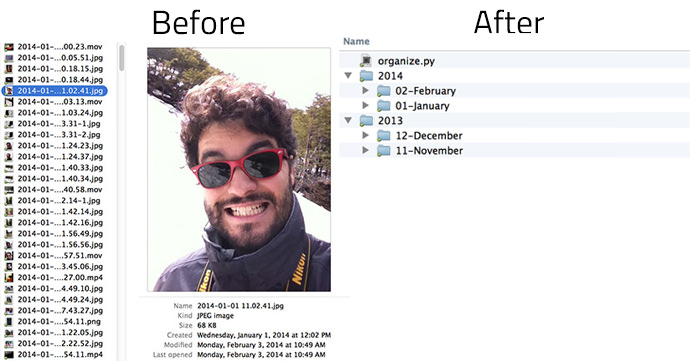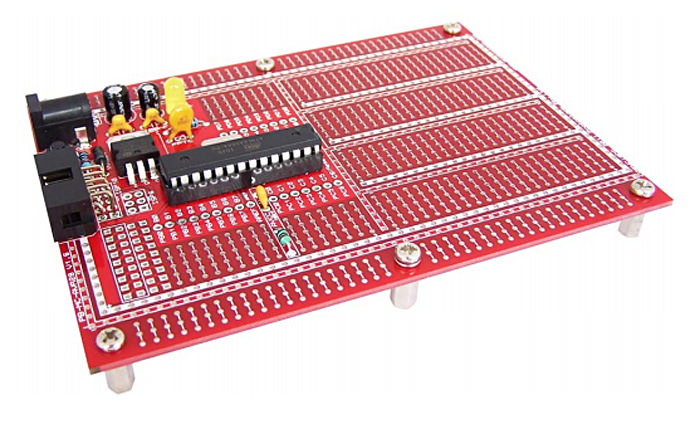This work presents an urban intervention using interactive technology. Located within a pedestrian and small vehicles tunnel below a busy road, that connects two parts of the Federal University of Santa Catarina Campus, the intervention creates a new relationship between tunnel and road. It operates as a displacement, transposing the sound of the traffic above to the pedestrians below. A sound sensor captures the sound of cars on the road and transmits a signal to the Arduino board, bringing a sense of chaos into the tunnel from above. The installation was developed as part of the discipline of Interactive Technologies and Creative Processes of the Architecture and Urbanism department at UFSC.
This is the final project from an architecture class project that I helped with.
Check out more @ Nimbu


